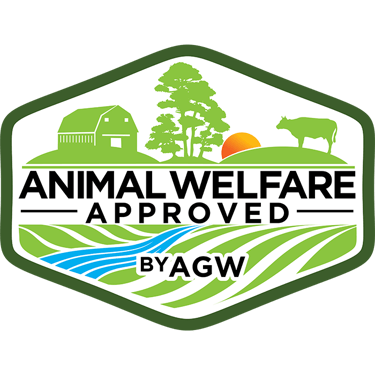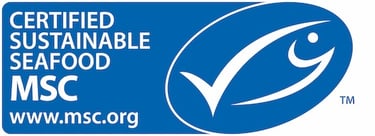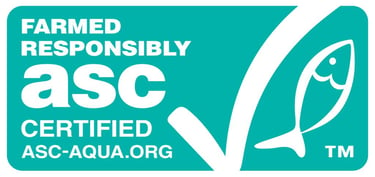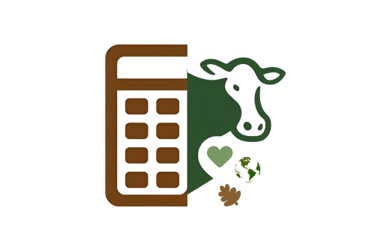

Certifications
Certified Animal Welfare Approved by AGW - US, focuses on truly high-welfare, pasture-based farming.
Certified Humane Raised and Handled - US, bans cages, crates, and tie-stalls.
Global Animal Partnership (G.A.P.) - US, the most transparent in showing the welfare level.
MSC (Marine Stewardship Council) - US, focuses on Wild-Caught seafood, sustainable, minimizing impact.
ASC (Aquaculture Stewardship Council) - US, farmed seafood, ensures a responsible farming process.
EU Bio Certification - considered the highest legally recognized welfare standard in the EU.
Buying Organic Certified improves animal welfare by about 30–60%, while buying Welfare Certified products can improve the welfare by up to 90%!
Facts and Numbers
It is estimated that three-quarters (74%) of the world’s livestock are factory-farmed, with the figure rising to 99% in the United States. (Our World in Data, 2023)
It took us only 55 years to wipe out 90% of the ocean’s predators causing a disruption of the marine ecosystem. (The World Counts, 2013)
Globally, about 26% of livestock have outdoor or non-confinement access, while in the United States, only around 1% do. (Our World in Data, 2023)
The average person will eat 7,000 animals during their lives. (USA Today, 2015)
Between 50% and 99.9% of all animals in the world are farmed, including 99.9% of chickens raised for meat, 99% of egg-laying hens, 99% of turkeys, 97% of pigs, and up to 79% of cows. (Sentience Institute, 2017)
Pigs are highly intelligent animals, capable of problem-solving, empathy, and complex social interactions. Cows and chickens display advanced cognitive abilities, forming social bonds, recognizing individuals, and experiencing a range of emotions. (Sentience Science/Animal Welfare Research, 2025)
Livestock make up 62% of the world’s mammal biomass; humans account for 34%; and wild mammals are just 4%. (Our World in Data, 2022)
Legal and common practices
Factory-farmed animals often face unsanitary and stressful conditions, including overcrowding, poor air quality, and high stress, which can lead to fighting, injury, and disease. (ASPCA, 2025)
Common livestock practices include castration, dehorning, tail docking, teeth clipping without pain relief, and foie gras force-feeding. In Switzerland, products must now be labeled to indicate these practices. (Swissinfo.ch, 2025)
Practices such as extreme confinement, painful mutilations, and genetic manipulation for rapid growth are legal and widely used in modern animal farming. (Animal Welfare Institute, 2025)









